Sharpshooter is back with another smart analysis of a Wing Commander IV mechanic!
This time, they have tackled the Hawk vs. Panther morale mechanic which decides which winning cutscene you receive at the end of the game. Sharpshooter discovered that the morale for Panther is stored at 0x600 and the morale for Hawk is at 0xfe in your WSG (save) file. The character with the higher morale at the end of the game decides the final clip: if it's Panther, you are a flight instructor and if it's Hawk you're an Admiral. If the two values are tied then the game plays the flight instructor ending.
There are a grand total of nine FMV choices that impact Hawk or Panther's morale. Their morale level starts at 5 and goes up or down based only on these choices (and not how you treat them in flight.) Not all of the choices will be played in any one play through of the game and some of them can be ignored if so desired. The first two choices, one for each, happen in Series E (Orestes) and are skipped if you choose not to defect at the first opportunity.
SC. 1221 - Panther: something better to do than killing
Panther +1: Yeah ... You'd think...
Panther -1: She's dreaming...
SC. 1300 - Hawk: didn't you enjoy blasting cats?
Hawk +1: Gotta admit, I did.
Hawk -1: This guy's bloodthirsty.
This conversation is optional and the choice can be skipped.
The next two choices, again one for each character, occur in Series F (Orestes/Pasqual).
SC. 1740 - Panther/Catscratch: is Eisen making the right call?
Panther +1: Straighten this kid out.
Panther -1: Do I look like I have all the answers?
SC. 1760 - Hawk: I fought those animals in the war
Hawk +1: He's missing the point.
Hawk -1: Bitter guy.
This conversation is optional and the choice can be skipped.
The first 'Hawk/Panther' choice happens at the end of the Peleus series where you must decide whether the Intrepid will go to Circe (Panther) or Speradon (Hawk).
SC. 2170 - Hawk/Panther: save innocents or get weapons
Panther +1/Hawk -1: Panther's right.
Panther -1/Hawk +1: Hawk's right.
If you side with Hawk you will have a second chance to impact his morale during the Speradon missions. If you side with Panther you will have a similar choice for her in Circe.
SC. 2690 - Hawk: your friend's really pissing me off.
Hawk +1: Time to be a Captain.
Hawk -1: What a whiner.
SC. 2350 - Panther: your friend with the overactive glands
Panther +1: Tempting, but I can't let that happen.
Panther -1: Maniac's on his own.
The second Hawk/Panther choice happens at the end of either Circe or Speradon. It is the same in either series:
SC. 2510 - Panther/Hawk: how long since Eisen left
Panther +1/Hawk -1: There's always hope.
Panther -1/Hawk +1: We die trying.
And then the final choice happens at the start of the Ella missions where you must decide whether or not to destroy the superbase.
SC. 3230 - Panther/Hawk: should we use the Flash-Pak?
Panther +1/Hawk -1: Panther's right. We can't kill civilians.
Panther -1/Hawk +1: Hawk's right. This is war.
The mechanic uses the same morale system which impacts wingmen in flight. If a character's morale dips too low, the game switches to a different AI profile for them which tend to be less aggressive and more likely to disobey orders. Each character has two sets of comm messages depending on their status. The in flight morale is binary and you can determine which profile is active by asking your wingman to report their status. The no damage responses for Hawk are "No problems here" (high) and "Don't worry about me" (low). For Panther, high morale is "Not a mark on me, Colonel!" and low morale is "I'm fine."
Sharpshooter has gone on to break down some of the different paths you can take through the game and they're pretty interesting! There are a surprising amount of paths although it does turn out you can't get the admiral ending if you side with Panther for all three 'double' choices (or the instructor ending if you side with Hawk for them). You can read the full thread here. I was particularly interested in the 'match the novel' thread which does result in the flight instructor ending despite the fact that you go to Speradon instead of Circe.




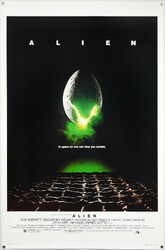

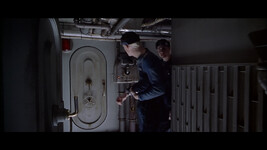
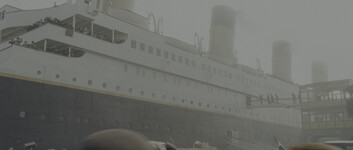
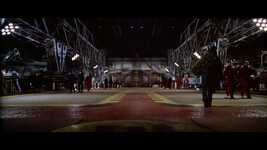
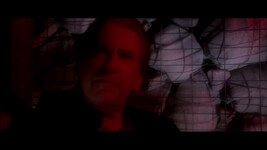


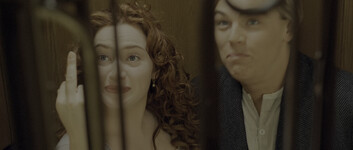
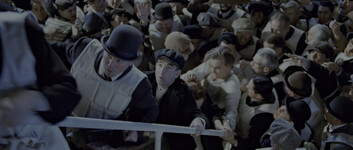

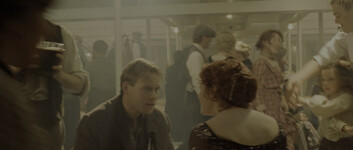


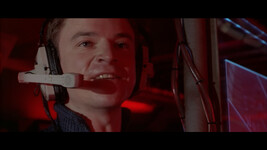


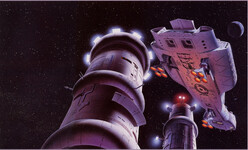


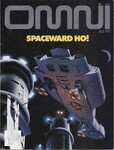

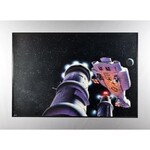


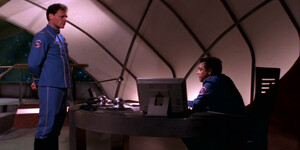

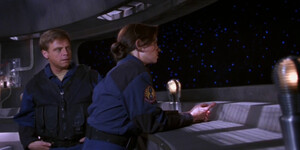



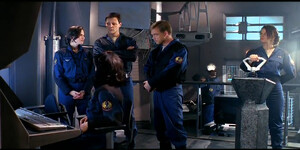
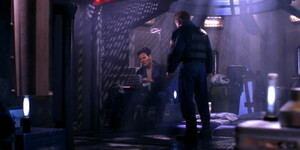

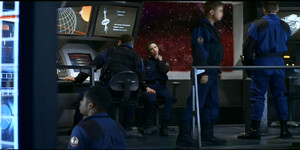
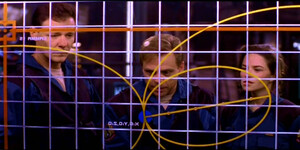
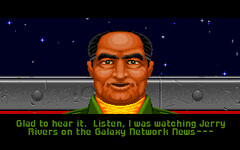
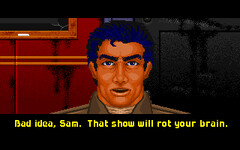



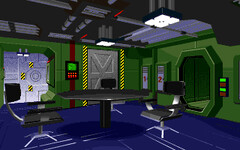
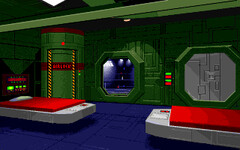
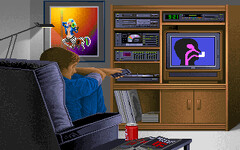
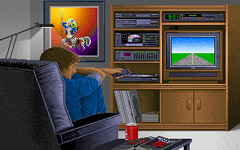
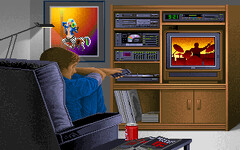
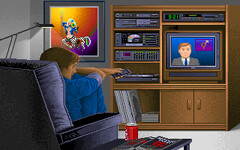
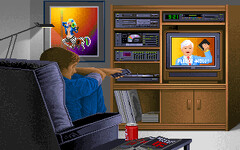
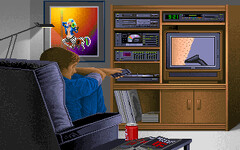








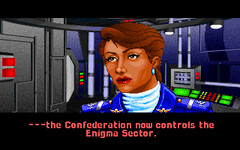
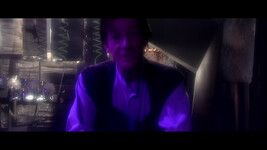
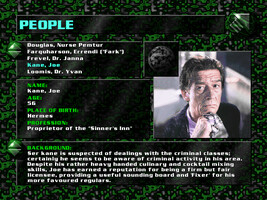

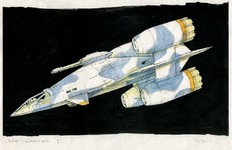

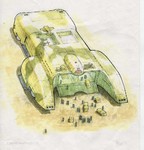
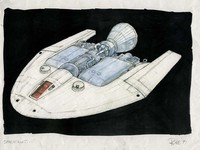

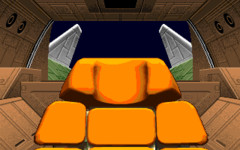
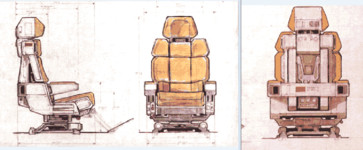
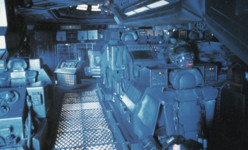



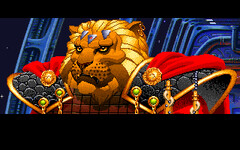
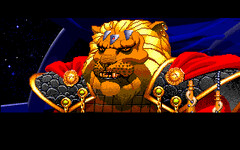
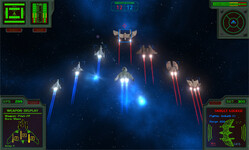


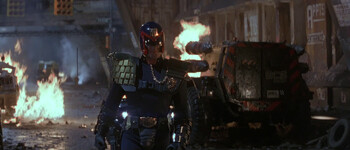
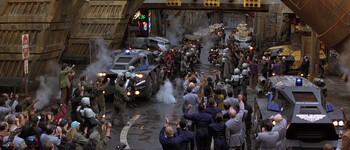
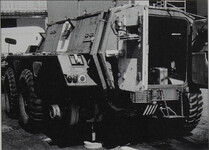
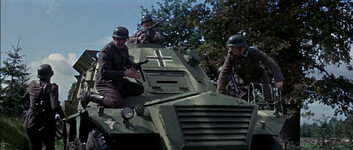
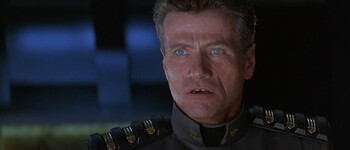


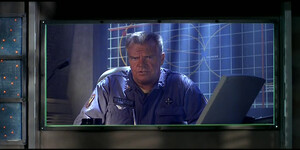

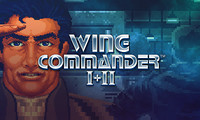
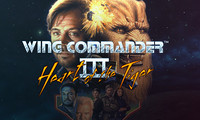
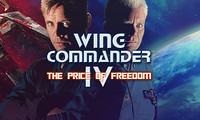
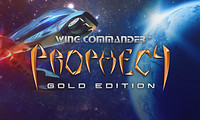
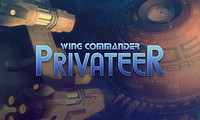
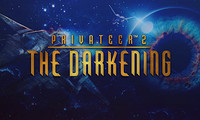
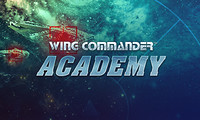

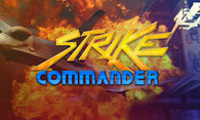
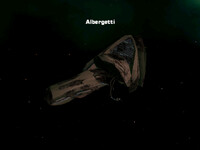
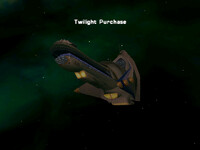
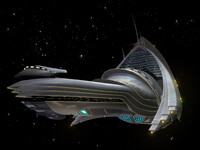

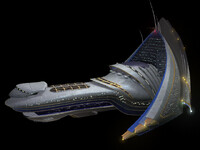

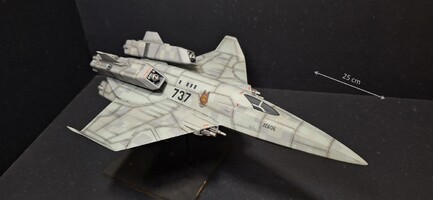
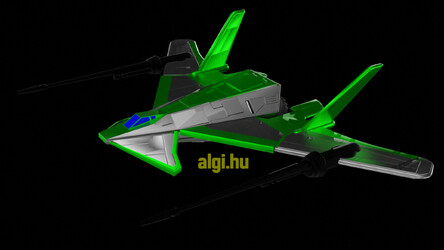
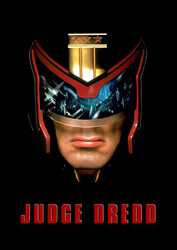


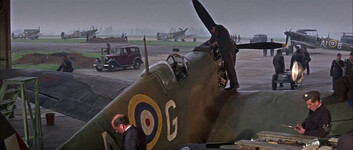
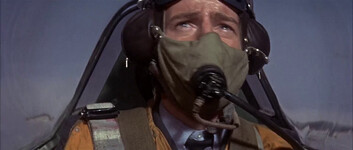
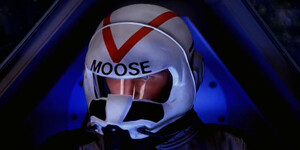






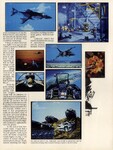
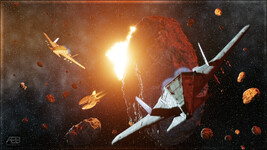
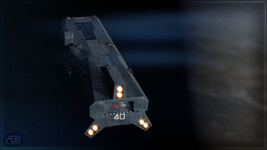

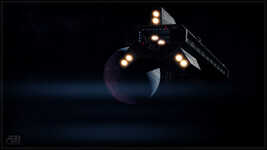







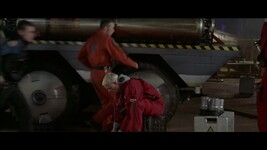
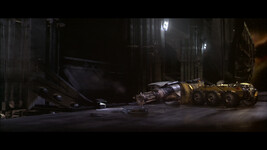

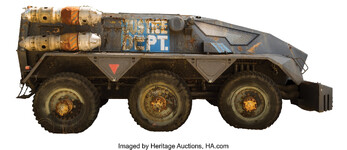
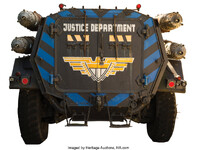

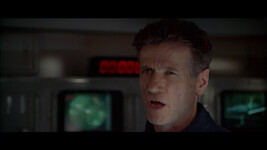
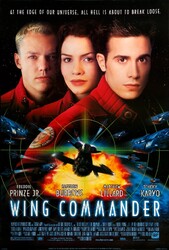

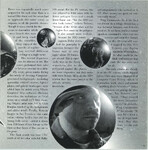




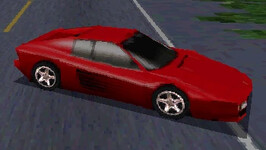
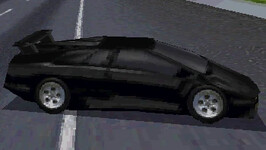
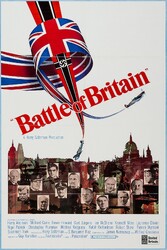
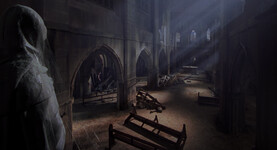
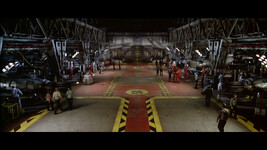


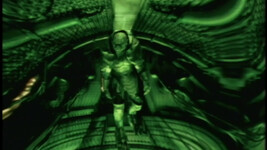

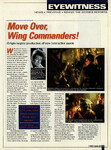
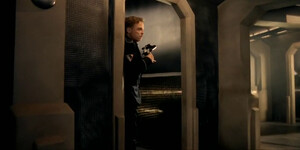
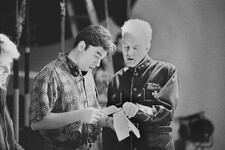



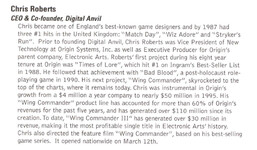
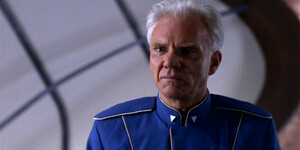
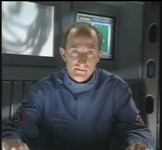


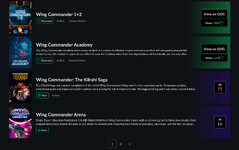
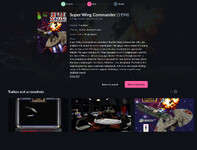

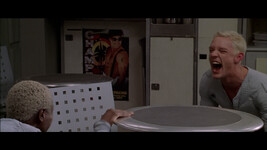
Follow or Contact Us